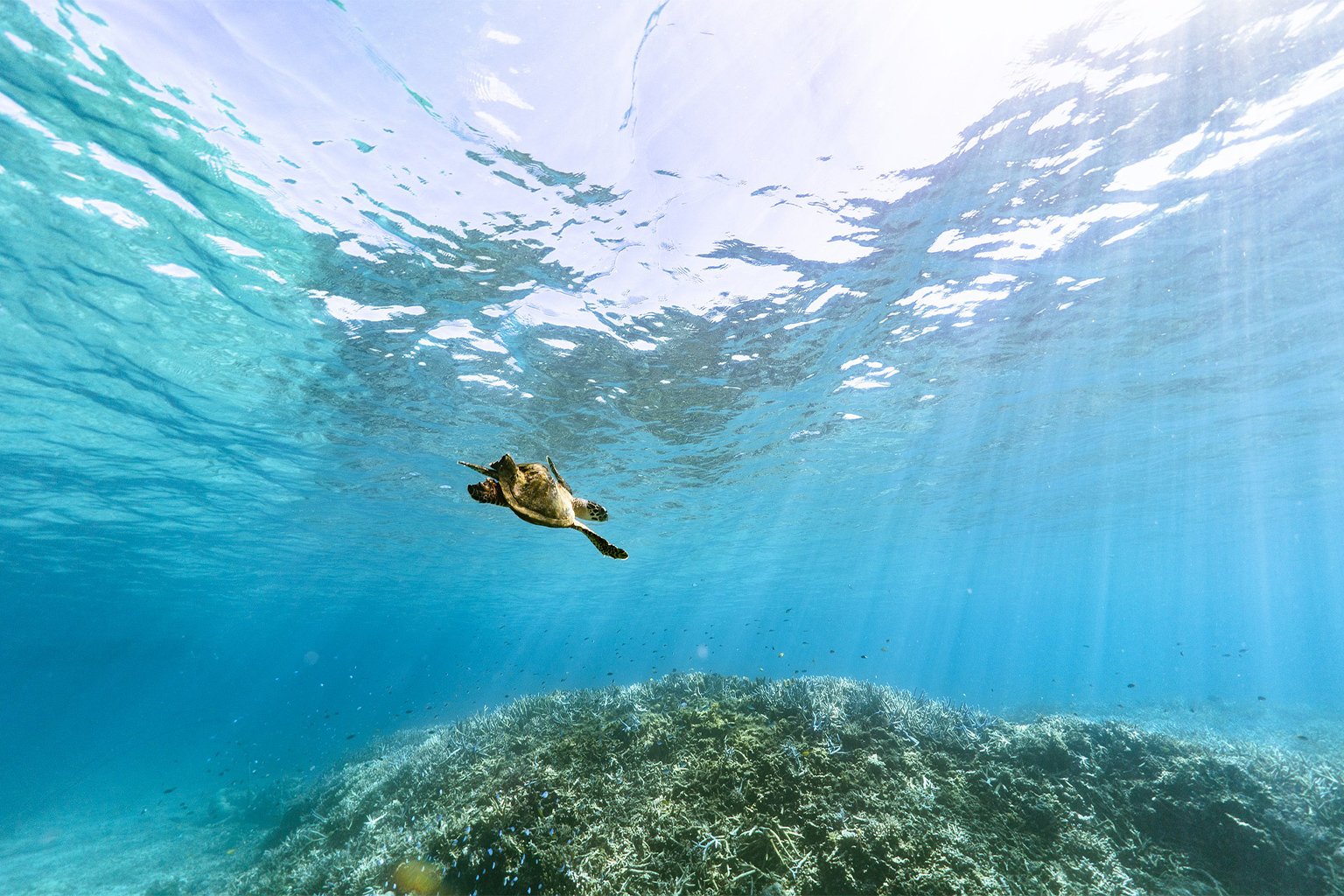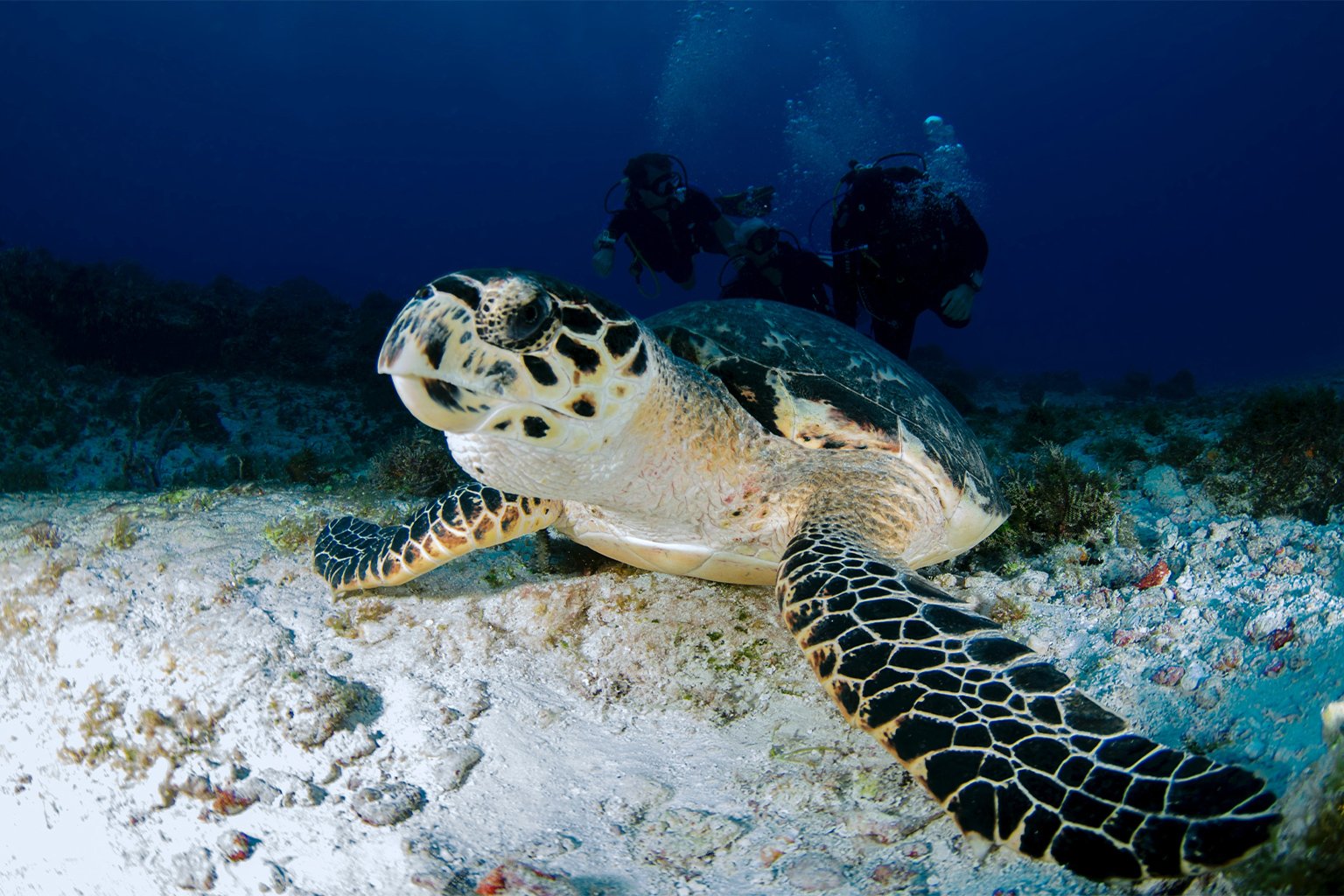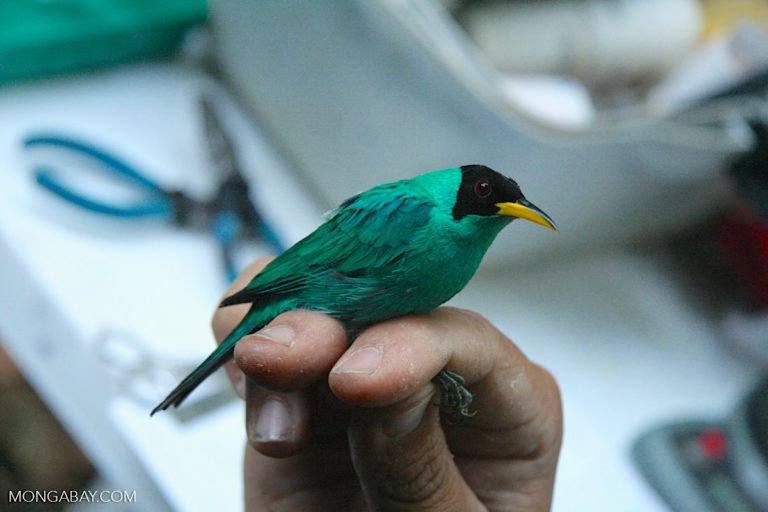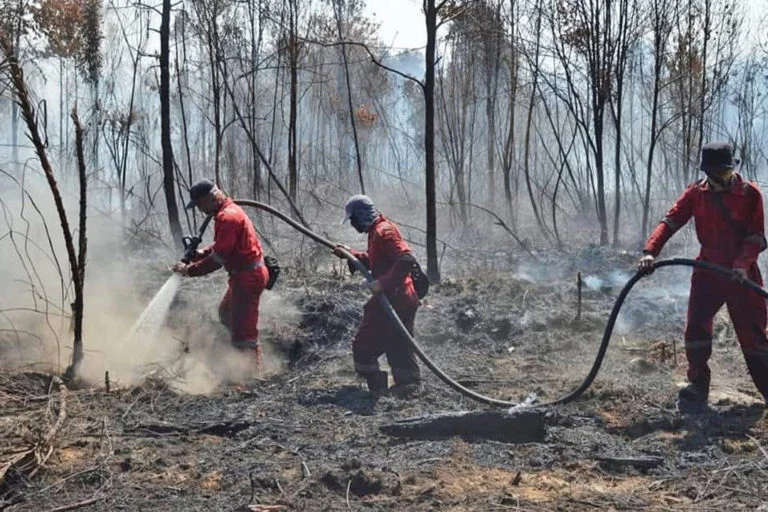- Hawksbill turtles are due for a status assessment on the IUCN Red List of Threatened Species.
- One of the largest threats to global hawksbill recovery is the continued illegal tortoiseshell trade in Japan, a major consumer, and Indonesia, a top exporter.
- Conservation successes include a dramatic decrease in tortoiseshell sales in Colombia, previously one of the largest shell sellers in the Western Hemisphere.
New conservation efforts for critically endangered hawksbill sea turtles are starting to make a difference in the status of global hawksbill populations, although the continued illegal trade of tortoiseshell in Japan and Indonesia still threatens the species, according to experts working globally to curb the international sea turtle trade.
Hawksbills (Eretmochelys imbricata) are found in tropical and subtropical waters in the Atlantic, Indian and Pacific oceans. Their preferred habitats are coral reefs, where sponges, a staple in hawksbill diet, are abundant. Hawksbills are important to the coral reef ecosystem because sponges can overgrow and suffocate reefs. Other hawksbill habitats include shallow coastal zones, lagoons, and mangrove estuaries. Many of these environments are at risk due to climate change, habitat destruction, beach development, and pollution.
Historically, one of the main drivers of population loss was the worldwide tortoiseshell trade. Tortoiseshell is a misnomer for hawksbill turtle shell, particularly the brown, gold, and amber-colored scutes, or bony scales, that make up the carapace (the upper shell) and plastron (the underside of the turtle).
Status pending
Brain Hutchinson, an officer with the Marine Turtle Specialist Group at the IUCN, the global conservation authority, said hawksbills are due for another assessment on the IUCN Red List, but added he’s unsure when the data will be complete to update the turtle’s status.
“It’s all voluntary, and done in their spare time,” Hutchinson, who is also vice president of outreach for the Oceanic Society, a California-based conservation group, said of the researchers and scientists in the field collecting data for any Red List assessment. “[It’s] a pretty daunting task.”
And for hawksbills, it’s further complicated by species behavior. “They can be pretty cryptic,” Hutchinson said. Many hawksbills nest in remote and uninhabited areas of land or islands, and the females nest in smaller numbers than other sea turtles.
But many scientists are hopeful, even if all the data isn’t collected yet.
“The status of hawksbills has been improving in many parts of the world during the past three decades,” Jeanne Mortimer, a turtle researcher who studies them in Seychelles, wrote in an email.

The past and current tortoiseshell trade
Trade in tortoiseshell goes back millennia, and many cultures and civilizations throughout history have prized objects and jewelry made of hawksbill shell.
It especially took off throughout the Edo period during the 18th century in Japan, where trained artisans crafted ornate bekko, establishing a commodity based on the animal product. Colonization and exploitation of island nations during the 1700s and subsequent centuries further increased the trade in the Caribbean and included Pacific hawksbills, largely untouched until the mid-19th century.
Japan was the largest importer of tortoiseshell in the 20th century. Before agreeing to an international ban in 1994, it stockpiled a majority of the world’s tortoiseshell at the time, to keep the industry going after the ban took effect. Japan remains one of the largest traders today, both within its borders, and illegally obtaining it from international sources.
Because the data haven’t been assessed in more than a decade, it’s difficult to say which region is currently the largest exporter, although in the early 2000s Indonesia, specifically the island of Bali, was known as the largest tortoiseshell trader, according to a Greenpeace report on sea turtle exploitation. Indonesia is likely still one of the largest exporters of hawksbill shell.
In some ways, Mortimer said, a hawksbill comeback is already underway, in part due to a ban on tortoiseshell trade enshrined in 1977 under CITES, the international convention on the wildlife trade. But not all countries signed up at once. “Shell was being funneled into Japan from CITES signatory states through CITES non-signatory states,” she said.
Because females reach sexual maturity at around 20 years old, and breed every three to four years, the hawksbill hatchlings born in the few years after Japan agreed to the ban in 1994 are now well into their breeding lives.
“[It’s] very important to continue to ban international trade in hawksbill shell,” Mortimer said. “[It’s] also very important to set aside sanctuary sites where both the nesting hawksbills and their nesting beaches are completely protected. Protecting nesting females and nesting beaches is key to population recovery.”

Read more: ‘Too rare to wear’: new campaign targets tourists to end Hawksbill turtle trade
New ways of fighting illegal trade
But the illegal trade is still one of the greatest threats to hawksbills, according to the April 2020 Global Tortoiseshell Report. The report documented trade in 50 countries, finding an estimated 46,448 tortoiseshell products for sale in person or online in three years of reporting.
Although used for centuries in traditional cultures, tortoiseshell is currently traded in South America mostly as a luxury souvenir in the form of jewelry and trinkets. It’s also still used in elaborate tiaras accompanying a woman’s pollera skirt in Panama, and is the preferred material for rooster spurs in cockfighting, as it doesn’t break as easily as plastic.
“It’s definitely not as culturally embedded in Latin America as it is in Japan,” Hutchinson said.
Brad Nahill, the president of SEE Turtles, a nonprofit that works in the tourism and conservation sectors, and the publisher of the “Too Rare to Wear” campaign, a coalition of more than 100 organizations against tortoiseshell, says he wants to make it easier to spot sellers with a new app.
The recently launched SEE Shell app guides users through a set of instructions, until the user is prompted to take a photo of an item that might be made of tortoiseshell. Through artificial intelligence and a back catalog of thousands of photos of real and fake tortoiseshell, the app determines whether the item in the photo is made of real tortoiseshell. One clear indicator a piece is made of real tortoiseshell is if the same color can be seen throughout. Nahill said the app is more than 90% accurate at differentiating real from fake shell.
If the app notifies the user that the photo shows a product made with real shell, it asks for additional information, such as the location of the item and how many of the same item is on sale.
Before its official launch, organizers with Fundación Tortugas del Mar, a sea turtle conservation program in Colombia, tested the app in the port city of Cartagena, Nahill said. Fundación Tortugas del Mar was also on the front line of a public awareness campaign against buying and selling tortoiseshell in Colombia. In many markets around the world, tortoiseshell is openly bought and sold without fear of reprisal.


The campaign included outreach to government officials and local law enforcement, according to Nahill. With law enforcement, the organization conducted workshops and training courses on how to identify tortoiseshell and understand and contextualize the laws for wildlife products. Later, organizers approached shell sellers to let them know enforcement of the law was forthcoming, and a few weeks later seizures started for the products that were still being openly sold. Nahill said it’s important to reward shops and sellers who willingly gave up tortoiseshell, financing a program for a shopping corridor of “turtle-free shops” and incentivizing others to join in.
“We want to be deliberate, through working with our local partners,” Nahill said. SEE Turtles worked with Fundación Tortugas del Mar on the campaign, and continues to work with it on beta-testing the tortoiseshell app. “We want to think through the process, and the best way to use this information without throwing people in jail,” he said about the app.
The years-long work to stop the illegal trade in Colombia has proved effective, with an 80% drop in sales, according to the 2021 “State of the World’s Sea Turtles” report.
The app is available in Spanish and Indonesian, where a lot of the hawksbill shell trade has moved online. The Global Tortoiseshell Report documented nearly 30,000 items for sale online, mostly in Indonesia.
In Seychelles, the Indian Ocean archipelago country where Mortimer works, hawksbills continue to be protected from the illegal trade. “With the assistance of World Bank funding in the early 1990s, the Seychelles government purchased all shell from artisans and others selling it,” Mortimer said.
In 1998, James Michel, then-vice president of Seychelles, set the accumulated stockpile of shells on fire. “Today, you will not see the sale [of] any tortoiseshell in Seychelles,” Mortimer said. “The greatest threat faced by hawksbill turtles in Seychelles is loss of nesting habitat due to a combination of climate change and accompanying erosion and to poorly regulated coastal development adjacent to important nesting beaches.”
Mortimer described an ethereal time spent within hawksbill habitat during her research. “I remember once watching a hawksbill that was trapped on the shallow reef flat at low tide after she returned to the sea from finishing her nesting,” she said. “This commonly happens to turtles, and she had an interesting behavior to help her through this uncomfortable situation,” Mortimer continued. “She used her front flippers to start splashing water onto her back to cool down.”
For Nahill and other turtle conservationists, the point is to show how much more valuable hawksbills are alive and as a part of their ecosystems.
“We have a lot of optimism for the future for hawksbills,” Nahill said. “The illegal trade is keeping it back.”
Banner image of a hawksbill sea turtle by Ben Phillips via Pexels.
FEEDBACK: Use this form to send a message to the author of this post. If you want to post a public comment, you can do that at the bottom of the page.












